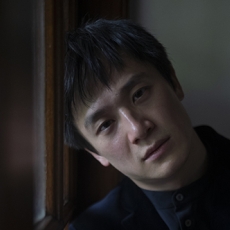Chiyan Wong - Bach - Busoni: Goldberg Variations & Other Works - Gramophone
Chiyan Wong, the Hong Kong-born pianist who turns 33 this year, is an instrumentalist of truly remarkable gifts. Most striking are his precision and variety of touch, creating a rich dynamic range from a pianissimo so hushed it cocks the ear to a full but never harsh fortissimo. Add to that a musical intelligence that elucidates intricate polyphony with stunning clarity, as well as the discernment to delineate architectonics with ease. Wong’s new Linn album includes original works by Busoni and Wong himself, as well as Bach as channelled through Busoni, as both editor and transcriber.
Busoni’s 1915 edition of the Goldbergs for Breitkopf & Härtel aimed ‘to rescue this remarkable work for the concert hall, either by shortening it, or paraphrasing it, to render it more suitable both for the receptive powers of the listener, and for the possibilities of the performer’. Busoni suggests ignoring the repeats, which Wong does, and omitting certain variations, in this performance Nos 3, 9, 12, 16, 17, 18, 21, 24 and 27. Thus disencumbered by nine of Bach’s original 30 variations, the performance is streamlined from roughly an hour and a quarter to a little over 31 minutes, which is great if you’re in a hurry or short on patience. I’m not sure, but it doesn’t sound as though Wong is overly familiar with Baroque dance, the rhythmic backbone of so much Bach. Free of that constraint he is able, in the 25th variation for instance, to sail into realms of pure abstraction or, in the 28th, to depict a mechanical bird in a cage. The Quodlibet employs massive sonorities, broadening near the end as a church organist would for the last phrase of a hymn. When the Aria returns, pianissimo and without ornament, it sounds skeletal or perhaps simply desiccated from so much varying.
Busoni’s gentle ‘Christmas’ Sonatina, dedicated to his son Benvenuto, is given a scintillating performance, charming in its intimacy. The transcription of Bach’s mighty D minor Chaconne brilliantly exploits the piano’s unique sonorities, just as Busoni intended.
Ultimately, this programme is about reception, inviting us back to a time before the philosophies of Dolmetsch and Landowska had gathered momentum and when pianists were reluctant to devote entire recitals to a single work of Bach. But whatever questions it poses about history and style, the album’s greatest interest lies in Wong’s superb playing.

